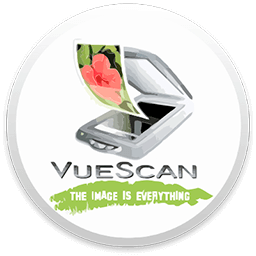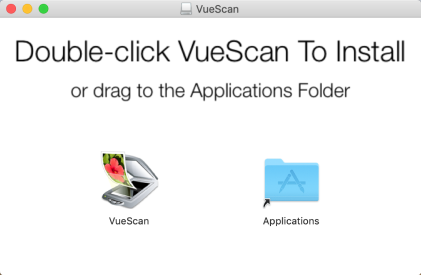

In the current version, I see no difference. In earlier versions of Vuescan, I did get different results, and for some images I liked the scans using the IMAGE setting, and for some I preferred the SLIDE FILM setting. In actual practice, I can see no difference between the two settings. I have no idea how the software would know what the actual scene looked like, but that's what the Vuescan Users Guide says. Vuescan's instructions say that if you choose IMAGE, it will try to make the scan look as close as it can to the colors in the slide and if you choose SLIDE FILM, it will try to make the scan look more like the actual colors in the scene.

For color slides and transparencies, there are actually two choices that will work. Media This tells Vuescan what type of film you're scanning. These are the settings that I use for scanning color slides and transparencies. The controls are divided into several tabs. Vuescan is a very powerful program with a lot of settings. Vuescan's Mac and Windows versions are identical, so these settings work on either OS. My instructions below are for the Professional Version of Vuescan, using the advanced control set.

It tends to be unstable on later versions of PowerPC OS-X and Windows, and may not work at all on the Intel Macs. I use Vuescan, rather than Nikon's scanner software, because Nikon stopped supporting Nikon Scan years ago. The information that I give below should work perfectly for any Nikon Scanner, and should be pretty close with other film scanners. I use a Nikon LS-8000ED scanner with Vuescan software. I also have a video tutorial showing how to use RAW Files from Vuescan.

You can also watch a video version of this tutorial on YouTube. NAPS2 is a document scanning application with a focus on simplicity and ease of use. VueScan’s confusing user interface in Professional mode. Note that the screenshot below shows only one of six tabs, each of which has a similar number of options. Screenshot of Vuescan with a prescan of a slide in progress.Īlas, VueScan hearkens back to the Stone Age of scanning, with a large preview area on the right and many confusing parameters on the left.


 0 kommentar(er)
0 kommentar(er)
